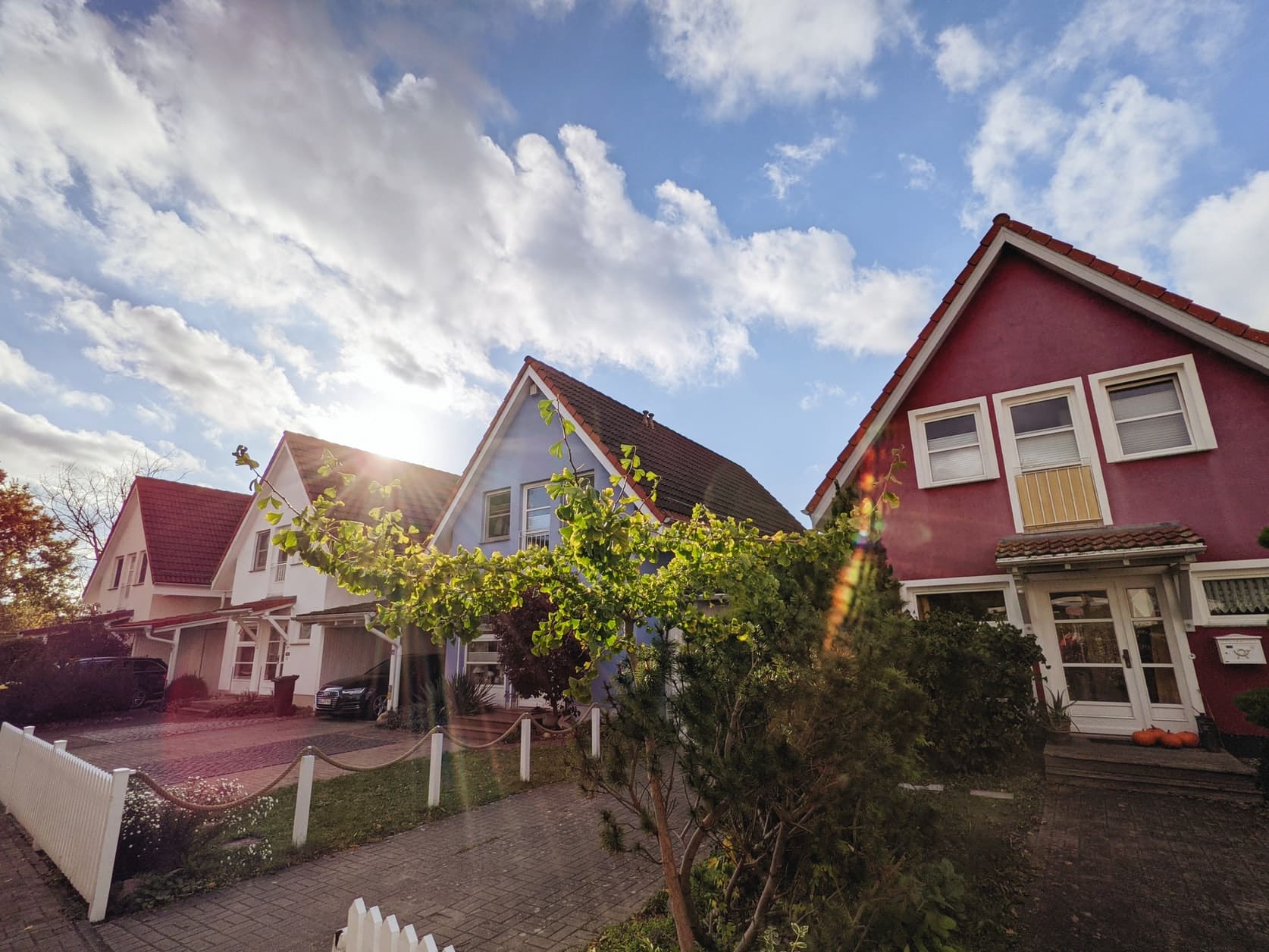Get Expert Financing
- Matched with investor-friendly lenders
- Fast pre-approvals-no W2s required
- Financing options fro rentals, BRRRR, STRs
- Scale your portfolio with confidence
Over 75% of US taxpayers miss out on powerful tax strategies that could dramatically reduce their capital gains burden while building long-term wealth. Opportunity Zone investments represent one of the most compelling tax-advantaged real estate strategies available today, offering investors the potential for tax-free appreciation while contributing to community development.
Created through the Tax Cuts and Jobs Act of 2017, Opportunity Zones target investment in 8,700 designated low-income communities across America. With over $40 billion already invested since inception and $810 million raised in Q1 2025 alone, smart investors are leveraging this program to defer taxes, reduce capital gains, and potentially eliminate future appreciation taxes entirely.
The most powerful benefit of Opportunity Zone investments is the potential for complete tax elimination on future appreciation. Hold your investment for at least 10 years, and all gains earned from your Opportunity Zone investment become permanently tax-free. For high-net-worth investors facing significant capital gains taxes, this benefit alone can justify the investment strategy.
Investors can reinvest capital gains from any source into a Qualified Opportunity Fund (QOF) and defer paying taxes on those gains until December 31, 2026, or when they sell their OZ investment, whichever comes first. This deferral provides immediate tax relief and additional time for wealth building.
While the original basis step-ups of 10% and 15% for five and seven-year holds are no longer available to new investors, existing investments continue to benefit from these reductions on their deferred gains.
All Opportunity Zone investments must flow through a Qualified Opportunity Fund, an IRS-certified investment vehicle that maintains at least 90% of its assets in qualified Opportunity Zone property. These funds can be structured as corporations or partnerships and must pass rigorous compliance tests.
Investors have exactly 180 days from the sale of an asset to reinvest capital gains into a QOF. Missing this deadline eliminates the tax benefits entirely, making careful planning essential for maximizing the program’s advantages.
Investments must occur within IRS-designated Opportunity Zone census tracts. Currently, 93% of OZ investment flows to metropolitan areas, with states like Wyoming, Utah, Arizona, and Nevada attracting the most capital per capita.
| Investment Focus | 2025 Market Share | Why It’s Growing |
|---|---|---|
| Multifamily Housing | 65% | Persistent housing shortages in urban areas |
| Mixed-Use Development | 20% | Diversified risk and multiple revenue streams |
| Industrial Properties | 10% | E-commerce and logistics demand |
| Other Commercial | 5% | Retail and office in select markets |
The current market shows concentrated investment activity, with approximately 75% of capital flowing to the top 20% of zones by commercial investment volume. This concentration reflects investor preference for areas with established growth potential rather than the most distressed communities.
Research potential zones using IRS databases and local economic indicators. Focus on areas showing signs of improvement rather than the most distressed locations. Consider proximity to major employment centers, transportation infrastructure, and planned development projects.
Choose between single-asset funds for targeted exposure and diversified funds for risk management. Single-asset funds offer more control but higher concentration risk, while diversified funds provide broader exposure across multiple properties and markets.
Structure your investment timeline to maximize tax benefits. The 10-year hold period for tax-free appreciation requires long-term commitment, so ensure your liquidity needs align with the program requirements.
The Opportunity Zone market operates under uncertainty as investors await Congressional action on program extension and potential reforms. Market experts anticipate a significant capital influx if legislators extend or expand the program, particularly from investors currently on the sidelines.
Legislative discussions include potential expansion to allow non-capital gains investment and restoration of basis step-up benefits for new investors. However, no final extension has passed as of mid-2025.
There’s no federal minimum, but most QOFs require investments of $25,000 to $100,000 or more due to fund structure and compliance costs.
Generally no. The tax benefits primarily apply to capital gains tax deferral and elimination, which don’t benefit tax-deferred retirement accounts.
You’ll pay taxes on your deferred capital gains plus any appreciation from the OZ investment. The tax-free appreciation benefit only applies to investments held for at least 10 years.
Before making any Opportunity Zone investment, understanding your potential tax benefits is crucial. Consider factors like your current capital gains tax rate, investment timeline, and liquidity needs to determine if this strategy aligns with your financial goals.
The combination of immediate capital gains deferral and potential tax-free appreciation makes Opportunity Zone investments particularly attractive for investors with substantial capital gains from business sales, real estate transactions, or stock market profits.
Disclaimer: This article provides educational information only. MyPerfectMortgage.com does not provide investment or tax advice. Consult qualified financial and tax professionals before making investment decisions.
Our advice is based on experience in the mortgage industry and we are dedicated to helping you achieve your goal of owning a home. We may receive compensation from partner banks when you view mortgage rates listed on our website.


